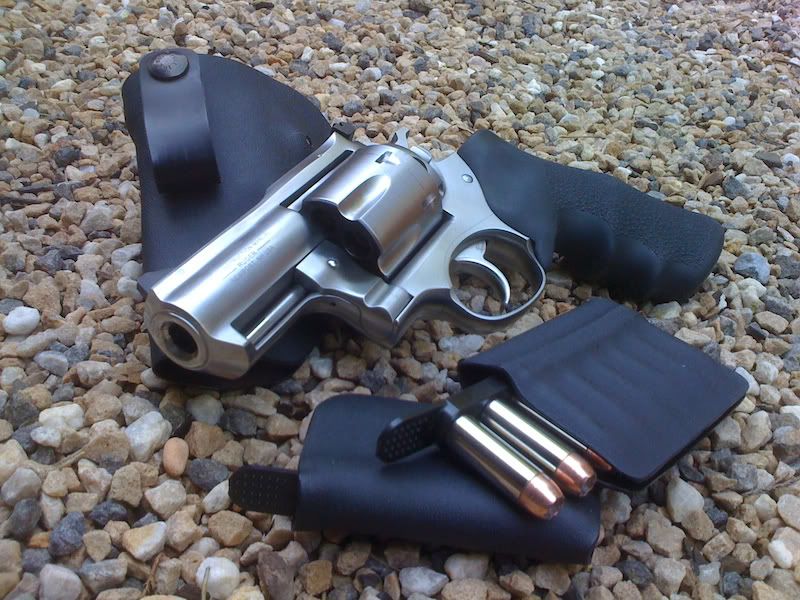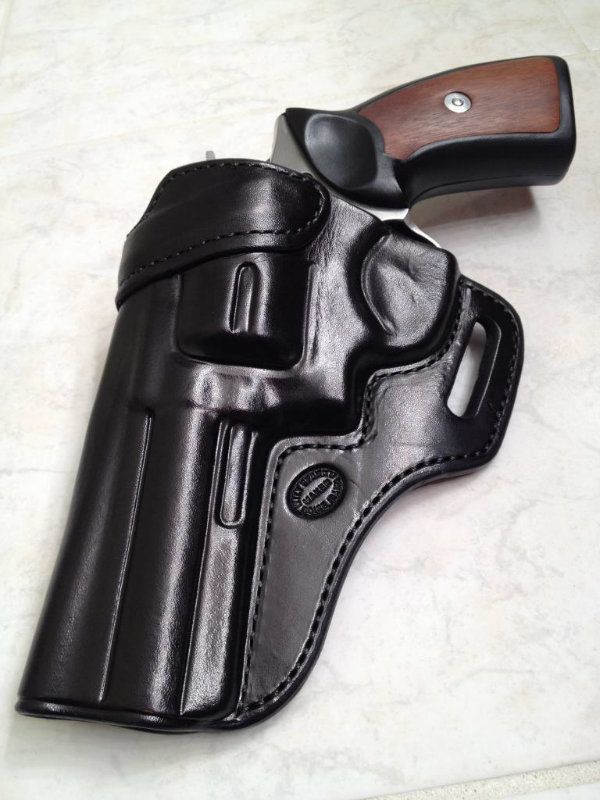Quote:
You really feel that a 4" GP100 is a good CCW choice? You also feel that experts have difficulty shooting a J Frame? Do you really feel this person needs to spend $1,000 to protect him/herself?
A 4" GP100 is a huge, heavy revolver that is very difficult, and for some people, impossible, to conceal. It also wont be long before most people would give up on a revolver the size of the GP100, for concealment.
The Smith and Wesson J Frame is an excellent, accurate revolver, that many people find very easy to shoot. A J Frame with 38 special ammo is very effective, controllable, and needs only a pocket holster, and no where near all the things you list, to be very capable of protecting a person.
A small J Frame sized revolver, or small autoloading pistol will serve very well, and doesn't need a $1,000 budget to be effective, and reliable.
|
First, it seems like the person is a new handgun shooter. Perhaps he or she is very experienced, but these sorts of questions typically come from new folks. As such, the recommendations are geared towards a gun that is good to learn with and carry. I feel the Glock 19 is one of the best choices for the new shooter who wants to carry. There are better guns, but it's the blend of attributes that make the gun attractive as a general carry gun.
The GP100 is not a huge, heavy revolver. The Ruger Alaskan is a huge, heavy revolver that little old me carries in the appendix position. It's 50+ ounces of 44 Magnum fun! It's also not that difficult to deal with as an EDC gun. The primary problem is the long grip; it really needs some sort of boot grip. It seems like many people are more concerned about convenience rather than choosing a gun they can fight with. Too many people that concealed carry is about winning a fight and is not about dragging a gun around all day.

Ruger Alaskan in 44 Magnum with AIWB holster and two speed strips and protectors
Ruger GP100 revolver carry is not difficult. I also carry S&W N-Frames, including the TRR8 with 5" barrel. The trick is to carry it in a split loop holster on a solid belt and mount a boot grip on the gun. The holster needs lots of forward cant. Wardrobe needs to accommodate the gun, but that can be achieved with a sport coat or larger shirt.
Here's the most important part: carrying a larger gun trains the owner how to avoid printing! It makes them think of their movements, wardrobe, gun and gear during carry and teaches them to be more careful in order to avoid being spotted. This is a good thing and carrying a pocket gun around will not do that.

Ruger GP100 in Milt Sparks PMK holster
In addressing your point regarding the difficulty of shooting a light J-Frame with short sight radius: I am not the only one who knows it is a difficult gun to master--especially out to 25 yards. It is definitely not for beginners and many instructors will tell you the same thing. They won't have a positive learning experience due to recoil, short sight radius, heavy-ish trigger and small grip. Trigger control is essential with these guns and it is better for them to get decent groups. The instructor may then diagnose their shooting and provide appropriate advice. But, with J-frame, the instructor may have difficulty separating out the variables (trigger, sights, recoil, grip) and the student has to deal with everything at once. By all means, buy one since it's great for dropping into a pocket! But, don't try to learn shooting with it.
The vast majority of people who carry concealed will never attend a two day defensive handgun course. They will never really achieve proficiency with their handgun. In their mind, the ability to hit a large paper target on the typical gun range is as far as they'll ever go. They won't ever be able to perform a double tap and keep both bullets within one inch of each other, properly and quickly clear a jam, or even reload quickly. Therefore, they need all the help they can get and tiny handguns do not assist them in their shooting. I wish it were otherwise, but it's not.
I know that people are not pushing the boundaries of their skill by how they shoot and the condition of their guns and gear. Many people do not realize that magazines and speed loaders are expendable items. They get attached to them and avoid dumping the magazine despite poor performance. Talk to any instructor who runs lots of people annually through courses; they spend quite a bit of time debugging guns that need some maintenance.
Finally, regarding price. Please review the post. The $1,000 is the budget for the gun and gear. Have you ever added up your receipts for a new carry piece? The total cost typically exceeds that and today's ammunition prices are not helping. I find it necessary to budget for test ammo since not all semi-autos like the same JHP ammo. Even my revolvers get tested with JHP ammo, though I expect them to work and it's really for familiarization. I don't buy just one magazine (or speed loader); I buy at least ten. The Comp-Tac kydex reinforced belt costs 10% of the budget alone. Night sights add another $100 to the bill. Magazine holders are now pushing a minimum of $30 for leather and go up from there. Cleaning gear, extra holsters and spare parts all add up.